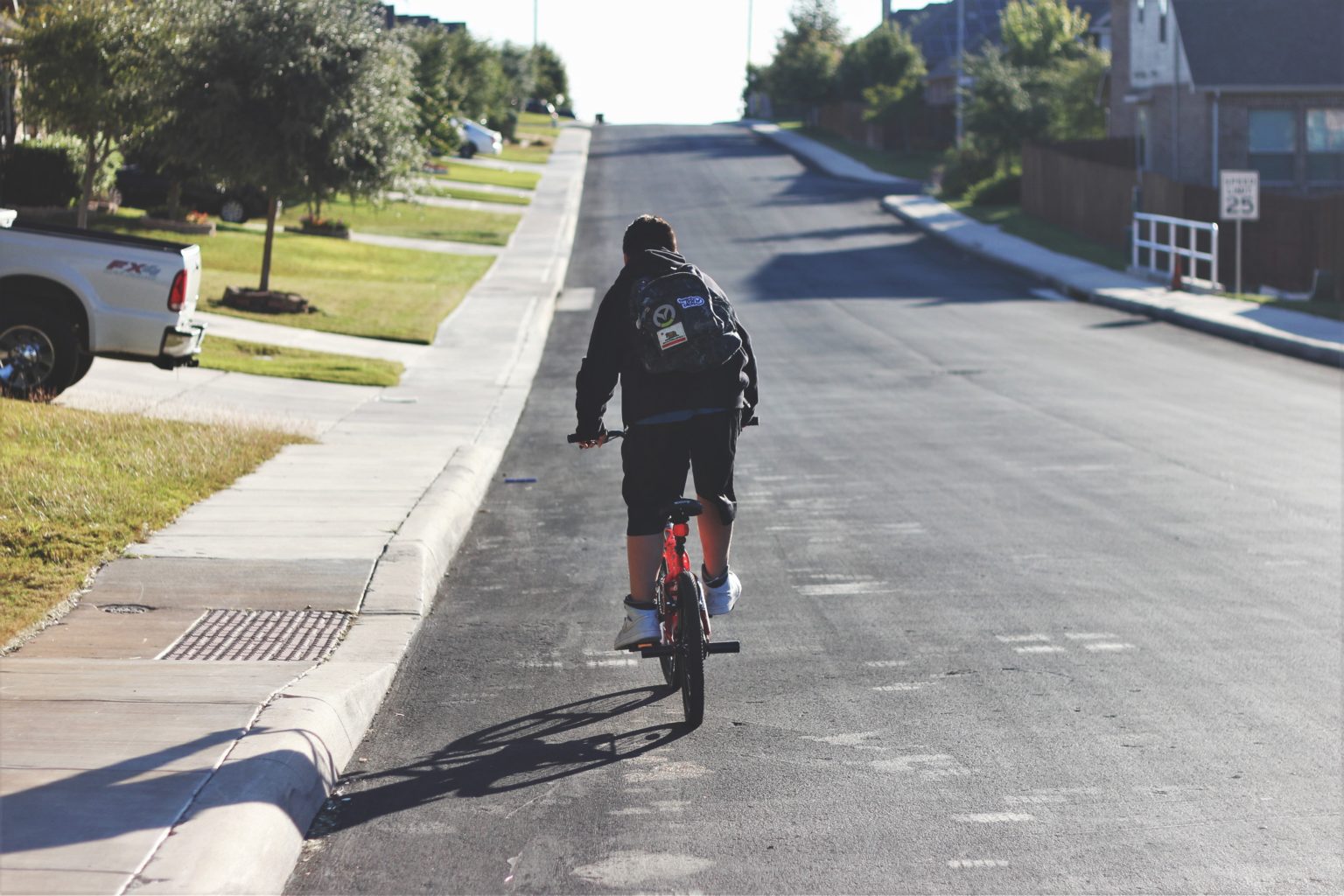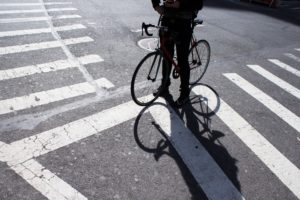After foot surgery this spring, I had to lay off my normal exercise “routine.”
While I recovered, I turned to brisk walking instead. (Having just caught some of the Olympic 50km racewalkers — who can average a 6-7 minutes per mile pace — I can’t honestly call what I do speed walking, even if I do get my heart rate up enough to sweat).
Exercise has always also been a great way for me to clear my head and decompress.
Unfortunately, bicyclists out there sharing the sidewalks with me sometimes disrupt my walks. My pet peeve is too often these cyclists aren’t yielding or otherwise following the rules of the road that apply to them.

The dangerous side of exercise
Typically, they come up unexpectedly from behind me, fail to announce themselves or do so just as they are about to pass me. Frankly, these cyclists almost always scare the bej*^#us out of me. Thankfully, I haven’t jumped the wrong way, and collisions have been averted.
To be clear, I also really like to bike. Having seen some tragic cycling accidents, as well as too many accidents caused by distracted drivers, I favor sidewalks and trails over the roads when I go out to ride.
I also understand, after witnessing more than a few folks behind the wheel becoming positively irate with the bikers that they are supposed to share roadways with, that not everybody appreciates biking and cyclists.
Follow the rules of the road
After a conversation with some friends about these experiences, it became obvious there are quite a few misconceptions about what cyclists can and can’t do.
I even learned a few things after reading through Florida’s wordy biking law (i.e., it’s filled with awkward syntax and legalese) governing all things having to do with cycling and safety in the Sunshine State.

Among the rules, all of which, if violated, could result in a non-moving traffic violation with fines, are the following:
- Bikers on the road generally should follow the usual rules of the road.
- Generally, bicyclists should use the marked bike lane. If there is none, they should ride as close as possible to the right-hand edge of the road. (There are exceptions … when turning left or needing to pass or go around some obstacle).
- Cyclists on the road generally should not ride more than two abreast.
- Bikers on sidewalks, by contrast, should be treated like pedestrians. Likewise, if they are in a crosswalk or crossing a roadway.
- HOWEVER, on sidewalks, pedestrians trump bikers. Bikers are required to yield to pedestrians and also “give an audible signal before overtaking and passing” them. In plain English, use the bike bell or holler loud enough and soon enough to give the walker a chance to move out of the way. And, if for some reason, the pedestrian doesn’t, then it’s the biker’s responsibility to slow down or even stop (i.e., yield).
Safety considerations for cyclists
Beyond the rules, there are several keys to equipment and proper usage that contribute to protecting the well-being of everyone on the road.
- There are rules that address things that many of us probably did (anyway) as kids, like
- Spelling out that you can only sit “upon or astride a permanent and regular seat.” This means nobody should be riding on the handlebars.
- Rules providing that little kids (under age 4 and under 40 pounds) can ride along … in a proper bike seat or carrier or backpack or sling.
- Rules prohibiting cars pulling people along while on their bike. (These also apply to pulling people while on roller skates, a skateboard or similar toy vehicle.)
- For safety reasons, bikers are wise to wear appropriate safety gear, including helmets. Florida only requires bikers under age 16 to wear helmets.
Cyclists can contribute to pedestrian safety
Ultimately, these rules exist for safety reasons. And for good reason, since sadly, Florida holds two dubious distinctions in this regard: It’s the deadliest state in the country for bicyclists and among the deadliest for pedestrians.
So for everybody’s sake, learn and follow the rules. And if the rules fail you, use your common sense, be alert to hazards and be courteous.